World Fine Art Professionals and their Key-Pieces, 220 - Milica Jovicevic
World Fine Art Professionals and their Key-Pieces, 220 – Milica Jovicevic
In the exhibition The Garden Project in ‘De Achtertuin’ (The Backyard) on Rotterdam’s Oostzeedijk I saw fruit plants from Milica Jovicevic. The fruit seemed to grow through a long stem and on the fruit itself (banana, apple, orange) something human was also visible. The imprint of a mouth, a finger and a nipple.
I made an appointment with Milica who had organized the exhibition together with Vladimir Radujkov. In her living space, she says: “It was a four-day exhibition and it took a month to get it organized. It was part of the Rotterdam Art Week. All twelve participating artists came from Rotterdam. A spoken word artist did a performance at the opening. ”
Around the world
In her home she has a studio and an office space. We first go to the studio and there I see an apple, a pear and a banana, all of plaster, nicely painted. But, as in the exhibition, they also have a human mark on it. We walk on to her office space. “Here I do the arranging work, for example the organization of art shows. I like to bring artists and designers together on a show, preferably with different backgrounds. I strive to get a sort of ‘hub’ done. ”
Milica grew up in Rotterdam as a child, but then went around the world with her father, originally from Montenegro, and her mother, originally from Serbia. “We went to Vienna first. That was very different from Rotterdam. In Rotterdam you put cheese or peanut butter on your bread, in Vienna the bread was very different to begin with, but everything smelled and felt different. But the transition was still relatively mild compared to the transition to New York, where I went to study art. That was really a shock. It not only felt and smelled differently, the food was also very unhealthy. They were industrialized foods that you got served there. America turned out to have set up a food system that suited such a large country. ”
How does society consume?
After some time, Milica discovered her theme at the Pratt Institute in New York, where she studied sculpture. “I first tackled all kinds of topics and came up with an underlying theme: how does society consume? This is not just about food, but about consumption in general, including the consumption of every individual. I look at it sociologically and psychologically. ”
As far as psychology is concerned, she agreed very well with Sigmund Freud’s work, particularly with regard to ‘oral fixation’. “Today’s consumer has an oral fix, as Freud discovered it so beautifully. You can tell by the tendency to eat a lot, sometimes too much, also by chewing gum. It often serves to suppress feelings of unease or anxiety. It can be traced to the behavior of the baby towards his / her mother’s breast, in particular the search for the nipple. It is not without reason that you see the nipple so often in my work. ”
Food production
There is a second, more sociological component: how do the media respond to this? “McDonalds shows her food as a sexy, tasty thing. But it is not real food, it is something artificial. I started investigating how food production works and I delved into the process that chickens undergo. They are filled with antibiotics. Terrible. It has all kinds of side effects when you eat it, comparable to when you take medication yourself. Then you sometimes suffer more from the side effects than the medicine effectively tackles your disease. ”
In her artist statement, she formulates it as follows: “The external urban impulses of today are dominated by a capitalist economy. Materialism and consumption are so influential that it motivates thoughtless bodies, all increasingly misled by pseudo-individualism. Jovicevic plays with this dominant cultural perspective by creating an aesthetic that is reminiscent of a fetish means of consumption. (…) This theoretical framework and her passion for color theory can explain the prevalence of a hyper-hygienic, sterile or graphic chromatic aesthetic in her artworks.”
Because Milica thinks beautiful design is wonderful. “I also make my work beautiful and sexy. I appreciate an aesthetically beautifully finished design. It looks like it was made by an industrial designer. For example, I made a macaron, a pastry product, that is hardly distinguishable from the real product to eat. And just like with the original, there is a nipple at the top. It is the sexualization of the product that I criticize in this way. And the way it is hyped. For example, the macaron of the Laduree company, where reference is made to Marie-Antoinette, who would also have eaten it. It has become a status symbol with which you can ‘brand’ yourself. The same hype has been set up with the cronut, a mix of the donut and the croissant. ”
The nipple
In the Garden Project she had made fruit on stems, that also looked tasty. “That’s how I integrated Freud into my work, especially through the finger, mouth and nipple on the fruit. It is not realistic that something grows that way, but who knows, it can be in the future. I now focus on food, before that I did it on cigarettes and chewing gum. Now I’m going to focus on the body. The body will always come back in my work. I depersonalize, de-textualize the body. If you look at it correctly, the nipple is just a weird piece of meat, but for all kinds of reasons, it becomes much more than that. ”
Does she have a key work, a directional work? She has. That was when she first molded a body part. “That was really cool. From a neck you could see the skin, the pores, everything. It was the first time that I ‘decontextualized’ the body. It was like looking at a product. From a distance it looked like plastic.” She has another key work from the time she was busy with chickens. An installation, ‘my surrealistic sculpture’.
Arts & Culture
After her Bachelor Sculpture in the Garden Project she went to study Arts & Culture at Erasmus University in the Netherlands. “That was about the role of art in society. It became my motivation for my own role as an artist and entrepreneur. My focus is art in conjunction with the people, the artists, the public. I intend to set up a foundation in Rotterdam to organize more shows from Rotterdam artists and also to show my own work. Showing art and contacts with others give me a big drive, also for my own work.”
Finally, does she have an overall philosophy? She has. “You are only smart if you think you are not smart enough.”
Images
1) Fruit plant (2019), Variable Dimensions, Mixed Media, including life body casts. 2) Apple (2019), Variable Dimensions, Mixed Media, including life body casts. 3) Banana (2019), Variable Dimensions, Mixed Media, including life body casts. 4) (close up of) Apple (2019), Variable Dimensions, Mixed Media, including life body casts. 5) (close up of) Oranges (2019), Variable Dimensions, Mixed Media, including life body casts. 6) Macaron Deluxe, Pistachio (2018), Life Body Cast, Mixed Media, Variable dimension within ø19 x h15 cm, 7) (close up of) Macaron Deluxe, Pistachio (2018), Life Body Cast, Mixed Media, Variable dimension within ø19 x h15 cm, 8) Finger Fries (2018), Life Body Cast, McDonalds Fries Box, Plaster, Variable dimensions within 20x15x8cm, 9) Chewing Gum (2016), Life-size body casts, plaster, within 50x50cm each, 10) Self Portrait, photographed by Dillon Chen
https://www.milicaj.com/
http://bit.ly/2Y6hQEd
https://ifthenisnow.eu/nl/verhalen/de-wereld-van-de-rotterdamse-kunstenaar-41-milica-jovicevic
Instagram: milalovelova
Disclaimer: The views, opinions and positions expressed within this guest article are those of the author Walter van Teeffelen alone and do not represent those of the Marbella Marbella website. The accuracy, completeness and validity of any statements made within this article are not guaranteed. We accept no liability for any errors, omissions or representations. The copyright of this content belongs to Walter van Teeffelen and any liability with regards to infringement of intellectual property rights remains with the author.



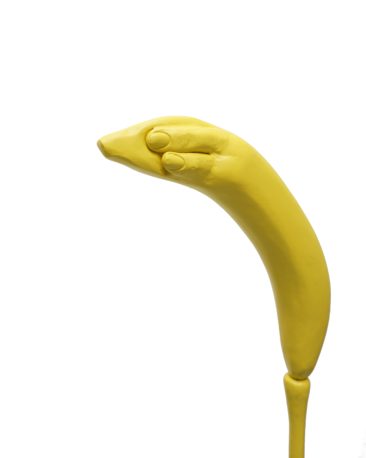

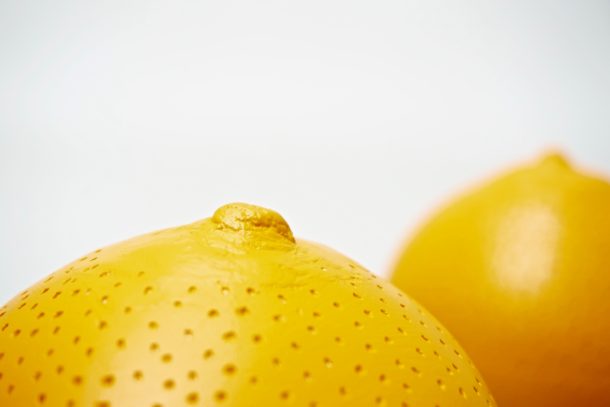
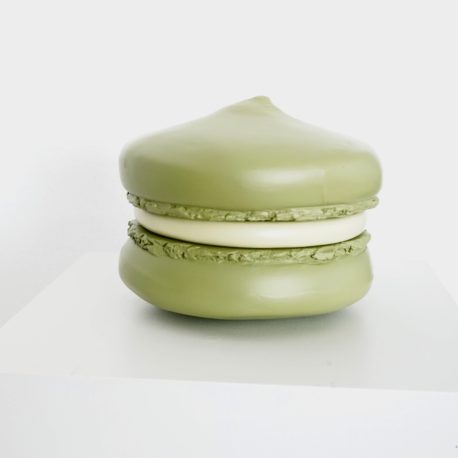

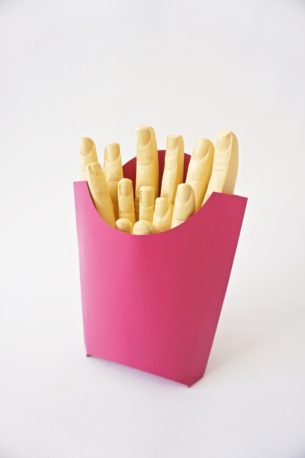
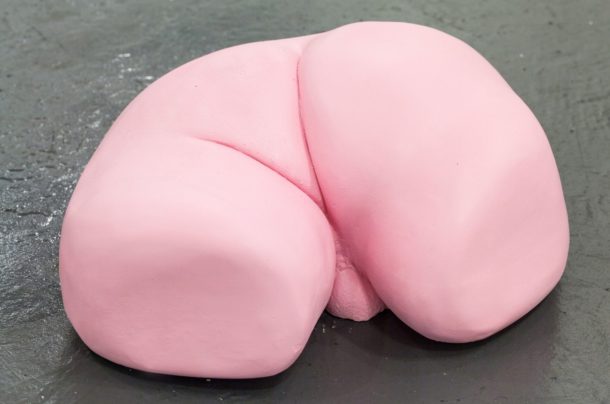
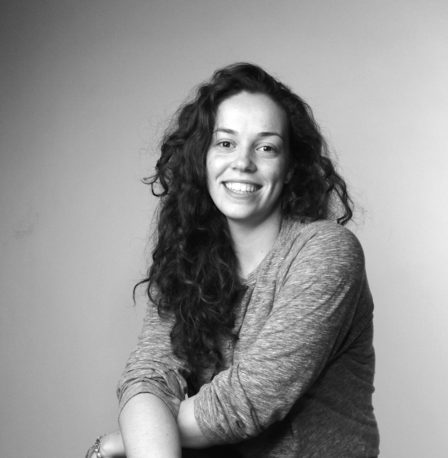














The opinions expressed by individual commentators and contributors do not necessarily constitute this website's position on the particular topic.